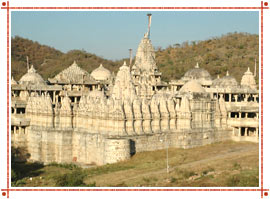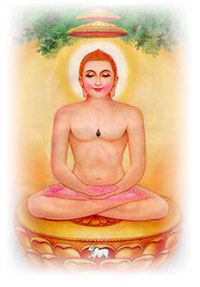Chandravalli:- Suituated at the north easterly axis of the Chitradurga hill, the Chandravalli is an ancient archaeological site. Digs revealing bricks, painted pottery and coins are traced to the Satavahana period as well as well as prehistoric times. The Basavanagondi region has the Byraveshwara Temple
Ankali Mutt:- Nestling amongst a group of rugged hills, west of Chitradurga, this mutt is known for its subterranean chambers. Near the Panchalinga cave (Wonder cave) entrance, is an inscription dated 1286 A.D. executed in the reign of the Hoysala King Narasimha III.
Bruhanmutt:- Located about three kms from Chitradurga this mutt, also known as Sri. Murugarajendra Matt was built in honour of an eminent guru of the Veershaiva
Community. The main object of worship is the Gudduge (tomb) of lmmadi Muruga Swamy.
Aadumalleshwara:- Located 5 kms. from Chitradurga, is a Shiva Cave temple built by Aadooru Mallapa. An interesting feature is a perennial stream that flows through the Nandi’s (buills) mouth.
Thamatekallu:- Located 8 kms from Chitradurga, this place has the oldest hero stone in Karnataka. Ancient rock cut inscriptions are also found her.
Jogimatti:- Ten kms. south of Chitradurga is this hill resort, situated at a height of 3803 ft. (The highest point in the district). The place is named after a yogi, who was well known for his social service. Himavatkedra, a waterfall that flows through the rocks, has created a natural cave, that has a Shiva Linga and idols of Veerabhadra and Basavanna.


